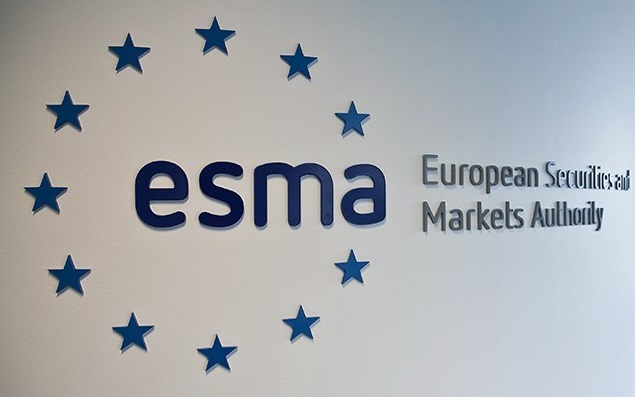
ESMA Sets Rules for AI Use in Investment Services
The European Securities and Markets Authority (ESMA), the EU’s financial markets regulator, has issued critical guidance for investment firms employing Artificial Intelligence (AI) technologies. The new directives emphasize the necessity for firms to comply with the Markets in Financial Instruments Directive II (MiFID II), focusing on organizational aspects, business conduct, and the overarching obligation to act in the client’s best interest.
AI technologies offer numerous benefits for investment firms, including enhanced customer service, improved risk management, and more efficient compliance processes. AI can support personalized investment advice, portfolio management, fraud detection, and operational efficiency. However, these advancements come with significant risks, such as algorithmic biases, data quality issues, opaque decision-making processes, over-reliance on AI, and privacy concerns related to data collection and storage.
Key Areas of Focus
- Customer Support and Compliance: AI-powered chatbots and virtual assistants can handle client inquiries and provide account information. AI systems can also help firms navigate financial regulations and ensure compliance by analyzing and summarizing legal requirements, detecting non-compliance, and preparing reports.
- Investment Advice and Portfolio Management: AI tools can analyze a client’s financial situation, risk tolerance, and investment objectives to offer personalized recommendations and manage portfolios. By processing vast amounts of financial data, AI can identify market trends and potential investment opportunities, enhancing decision-making capabilities.
- Fraud Detection and Risk Management: AI systems can monitor transaction data and communications for unusual patterns that may indicate fraudulent activity. They can also assess and manage the risk associated with various investment options and the overall risk exposure of client portfolios.
ESMA’s Requirements for AI Implementation
ESMA’s guidance stresses the need for investment firms to maintain transparency and accountability when using AI. Key requirements include:
- Client’s Best Interest: Firms must prioritize clients’ best interests, ensuring that AI tools do not compromise this principle. Transparency about AI’s role in investment decision-making is crucial, and firms must provide clear, fair, and non-misleading information to clients.
- Organizational Oversight and Governance: Firms’ management bodies must understand how AI technologies are used and ensure proper oversight. Robust governance structures are necessary to monitor AI systems’ performance and impact, aligning them with the firm’s strategy, risk tolerance, and compliance framework.
- Data Quality and Transparency: The data used by AI systems must be relevant, sufficient, and representative. Firms must apply rigorous oversight to data sourcing, ensuring that AI algorithms are trained and validated on accurate and comprehensive datasets. This includes internal data and data acquired from third-party providers.
- Risk Management and Ethical Considerations: Investment firms should establish specific risk management frameworks for AI applications. This involves regular testing and monitoring of AI models to identify and mitigate potential risks and biases. Firms must also address ethical considerations and ensure AI decisions are explainable and transparent.
- Outsourcing and Third-Party AI Technologies: When using third-party AI tools, firms must comply with MiFID II’s outsourcing requirements, ensuring due diligence in selecting providers and implementing adequate controls. Firms must retain the resources and expertise to supervise third-party service providers effectively.
- Staff Training and Competence: Firms must ensure that staff involved in AI implementation have the necessary knowledge and skills. Training should cover AI’s operational aspects, potential risks, ethical considerations, and regulatory implications. This helps staff manage, interpret, and work with AI technologies effectively.
ESMA’s guidance is part of a broader regulatory effort to ensure AI’s safe and effective use in investment services. The regulator, along with National Competent Authorities (NCAs), will continue to monitor AI’s evolution and its impact on the financial sector. This oversight will help determine if additional actions are needed to address emerging risks and ensure robust investor protection.
By adhering to these guidelines, investment firms can leverage AI’s potential while maintaining compliance with regulatory requirements and safeguarding client interests. This balanced approach will help foster innovation and efficiency in the financial sector, building trust and confidence among investors.





